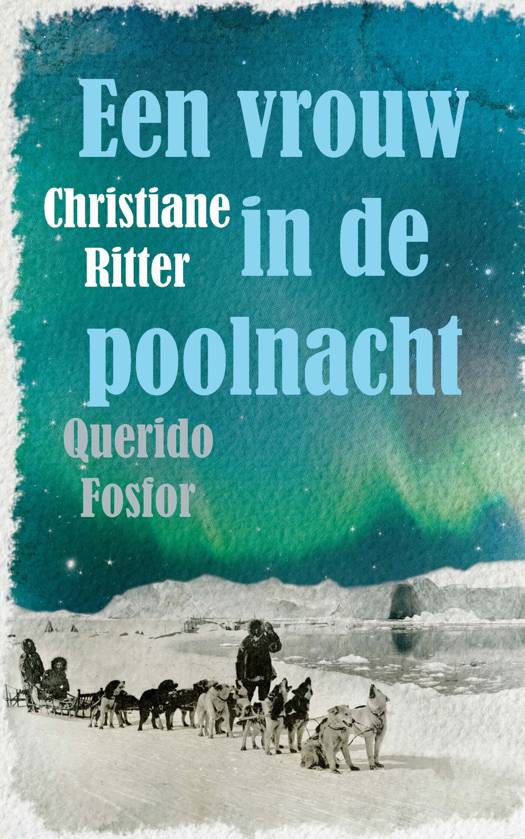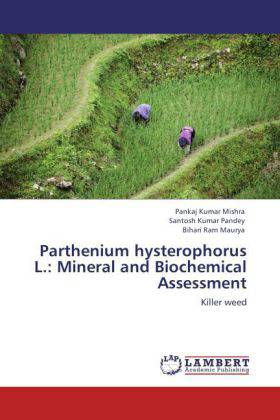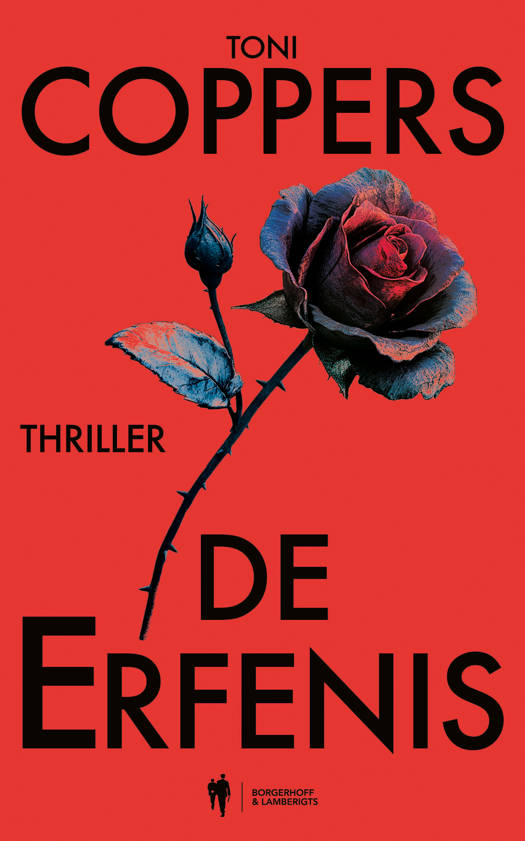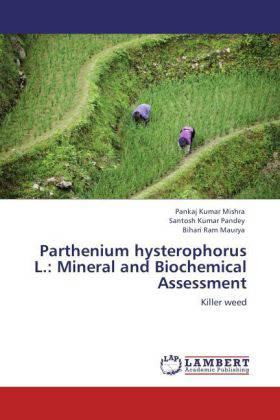
- Afhalen na 1 uur in een winkel met voorraad
- Gratis thuislevering in België vanaf € 30
- Ruim aanbod met 7 miljoen producten
- Afhalen na 1 uur in een winkel met voorraad
- Gratis thuislevering in België vanaf € 30
- Ruim aanbod met 7 miljoen producten
Zoeken
Parthenium hysterophorus L.
Mineral and Biochemical Assessment
Pankaj Kumar Mishra, Santosh Kumar Pandey, Bihari Ram Maurya
Paperback | Engels
€ 48,45
+ 96 punten
Omschrijving
Weeds are undesirable plants which interfere with the utilization of land and water resources and thus adversely affect the human welfare. Parthenium hysterophorus is an obnoxious weed. It is considered as one of the ten worst weeds of the world. It was accidentally introduced in India during 1955 through the imported food grains and at first time it was observed in Pune, India. The plants of Parthenium were collected from dry tropical regions of India, during the rainy and winter season. Root, stem and leaf were separated from the plant and used for chemical analysis. Chlorophyll was estimated in fresh leaf, pH and EC were determined by crushing the fresh parts of the plants. Plant parts were dried and ground. Organic carbon, nitrogen, phosphorus, potassium, sulphur, iron, copper, manganese, zinc, protein, reducing and non-reducing sugars, carbohydrate and starch were analysed in different plants parts (root, stem and leaf) in both rainy and winter seasons taking the ground plant parts following the standard procedure.
Specificaties
Betrokkenen
- Auteur(s):
- Uitgeverij:
Inhoud
- Aantal bladzijden:
- 76
- Taal:
- Engels
Eigenschappen
- Productcode (EAN):
- 9783846583913
- Verschijningsdatum:
- 3/02/2012
- Uitvoering:
- Paperback
- Formaat:
- Trade paperback (VS)
- Afmetingen:
- 152 mm x 229 mm
- Gewicht:
- 122 g

Alleen bij Standaard Boekhandel
+ 96 punten op je klantenkaart van Standaard Boekhandel
Beoordelingen
We publiceren alleen reviews die voldoen aan de voorwaarden voor reviews. Bekijk onze voorwaarden voor reviews.











